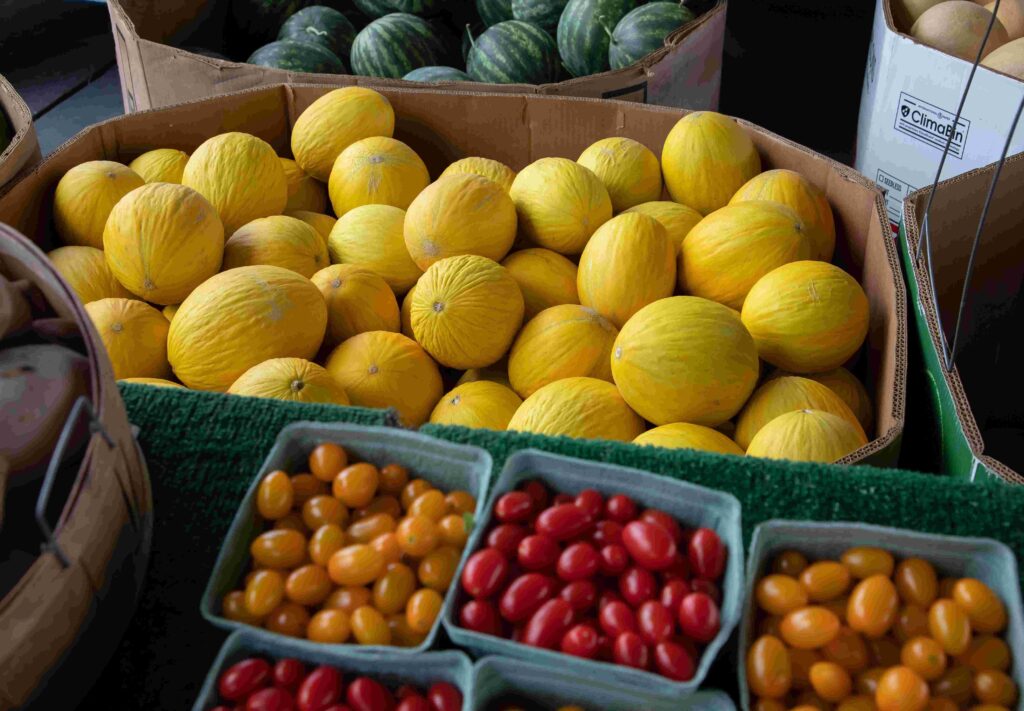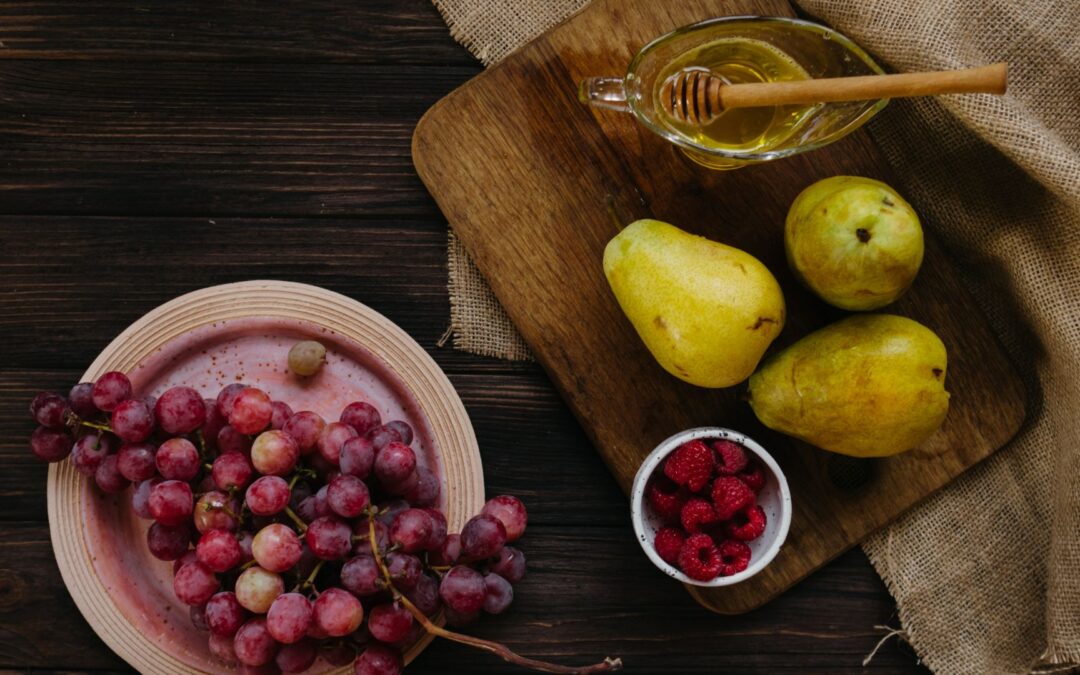In common language usage, ‘fruit’ normally means the seed-associated fleshy parts of plants that typically are sweet or sour and edible in the raw state, such as apples, bananas, grapes, lemons, oranges, strawberries etc. In this sense, many things that are commonly called vegetables are in fact fruits; for example, eggplant, green beans, okra, and, obviously TOMATOes but in 1893, the United States Supreme Court passed a rule which established that the tomato should be classified as a vegetable rather than a fruit! Actually, this decision was not meant to reflect the technical botanical meaning of ‘fruit,’ but rather to correspond with commonly used distinctions between fruits and vegetables. In botany, a fruit is a seed-bearing part in flowering plants that is formed from the ovary after flowering.
According to royal botanic gardens, the total number of plant species in the world is estimated at 390900. Of them, 250,000 species are angiosperms. By definition, fruits are actually mature ovaries of an angiosperm plant. So technically, we can say that there are 250,000 species of fruits in our world. This is a large number. So, it’s very easy to understand that we’ll find many fruits with similar properties. Actually, there are many fruits which are too much similar in terms of visual features. We will discuss 5 citrus fruits in this article which are look alike.
Citrus is one of the most popular and widely grown fruit crops in the world. Citrus and its products are a rich source of vitamins, minerals and dietary fibre that are essential for overall nutritional well-being. Citrus fruits constitute a crucial source of vitamin C. The name of citrus fruit has derived from the acid it contains, Citric acid. This acid is the second most soluble solid. Citrus fruits are most commonly used in the juice industry for their solubility and nutritional values.
1. Pomelo:
Pomelo is a Southeast Asian citrus fruit that is usually pale green or yellow in colour when ripe. It has been classed as one of the natural species of citrus fruits. It’s the largest citrus fruit with a thick rind and few seeds. Pomelo’s size can get as big as a football and weigh up to one kilogram earned it the title – ‘The King of Citrus Fruits.’ Its scientific name is Citrus maxima which literally translates to ‘greatest citrus’. Its flesh is sweeter but the skin and outer membrane are bitter. The skin is often used to make marmalade or candy confections dipped in chocolate.
Pomelos were first grown in China around 100 BC. The trees grow between 20 and 40 feet tall and produce fuzzy leaves and white blossoms. In the wild, pomelos can weigh up to 10 kilograms. Pomelos tend to prefer warm climates and well-drained soil. Generally, it’s harvested between November to April.

2. Citron:
Citron is one of the original citrus fruits from which other citrus types developed through natural hybrid speciation or artificial hybridization. It’s also a Southeast Asian fruit. Citrons are bright yellow in colour. It is a slow-growing small tree that reaches a height of about 8 to 15 feet. In the wild, citron can weigh up to 5 kilograms. Citrons tend to prefer warm climates and well-drained soil. Generally, it’s harvested during the winter season. It has a thick rind and the flesh is not juicy. Citron has a deep, strong, and concentrated flavour. It is sour and intense. This dry, pulpy fruit is used to make jams and pickles in South Asia. Its scientific name is Citrus medica which clearly indicates its usage for its various medicinal purposes. Citron stabilizes blood pressure which improves blood circulation and reduces the strain on arteries. Taking citron juice can lower the risk of heart disease, atherosclerosis and stroke and improve heart health.

3. Tangelo
Tangelo is a citrus fruit called as Honeybell. Tangelo is a small orange, hybrid citrus, cross between an orange and pomelo. The binomial name of Tangelo is Citrus tangelo. Tangelos have a tart and tangy taste as they are the size of an adult fist and are juicy at the expense of flesh. Tangelo has looser skin and can distinguish easily by the “nipple” at the stem. Those are sweet oranges type. Tangelos are rich in Vitamin C and other nutrients, low in calories. They have antiinflammatory and antioxidants properties called flavonoids. Per 100 tangelo contains 47 calories, 1.1g protein and 11.6g carbohydrates, 9.5g sugar and vitamin C 52.6mg.
4. Mandarin Orange
Mandarin orange or Mandarin or Mandarine it is called as. The binomial name of Mandarine is Citrus reticulate. Mandarins are distinct species of Orange and those are small tree fruits. Mandarin orange fruits can be 30-40 millimetres in size. Those can be yellow-orange or red-orange in shade. They can easily be peeled as their skin is thin and it is an important advantage of this fruit among other citrus fruits. The fruits can be seedless or contain a small number of seeds.
It can be eaten as plain fruits or squeezed to make juice or as whole fruit because they are sweet to taste. Per 100g mandarin contains 223KJ energy, 13.34g carbohydrate, 10.58g sugars, 1.8g dietary fiber, 0.31g fat, 0.81 g protein. And also vitamin A, B1, B2, B3, B5, B6, B9, C and E along with many minerals.
5. Blood Orange
The blood orange is a type of orange having almost blood-coloured flesh. This colour is because of the presence of anthocyanins, a polyphenol pigment which is uncommon in citrus fruit. The main compound in red oranges is Chrysanthemin. Red oranges have many health benefits like weight loss, improved gut health and improve immune functions among with its deliciousness.
Blood oranges are very much nutritious containing important vitamins, minerals, fibre and antioxidants which help to reduce oxidation and lower risk of chronic diseases like cancer, heart disease and diabetes. Blood oranges is like a subtly sweet orange infused with tangy red grapefruit and hints of tart cherries and raspberries.






